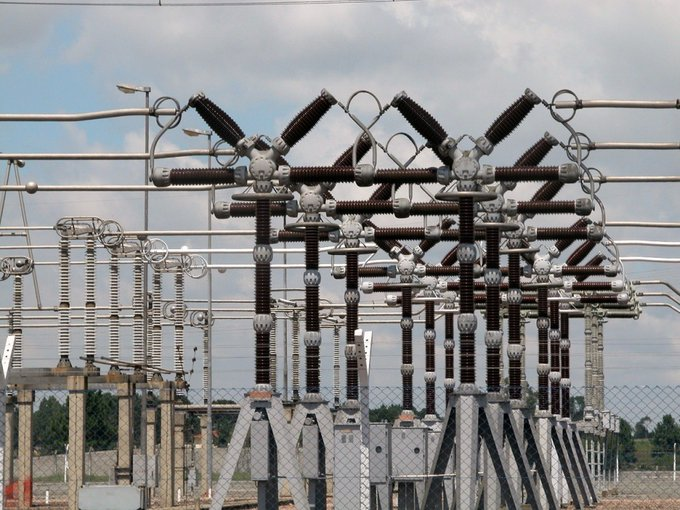Due to uncertainty about demand in China and the United States, the two countries that consume the most oil worldwide, oil prices fell on Tuesday. Data show that China’s oil refinery output dropped for a second month in a row, reaching its lowest point of the year.
According to the American Petroleum Institute’s most recent data, US inventories increased at the same time. ICE Brent crude closed at $84.12 per barrel on the market, down 0.15% from the previous trading session’s closing price of $84.25 per barrel.
West Texas Intermediate (WTI) traded at $79.58 per barrel at the same time, a 0.18% drop from the previous session that closed at $79.72 per barrel. A global oil demand boost from China is likely to be significantly lower this year as the country’s crude oil processing could stagnate for only the second time in two decades, Commerzbank said in a note on Tuesday.
The International Energy Agency only expects an increase of 500,000 barrels per day in China this year, compared with an increase of 1.5 million b/d in 2023. At the same time, global oil demand is expected to increase by 1 million b/d less this year compared with 2023, the bank noted.
China’s National Bureau of Statistics on Monday reported 14.3 million b/d of crude oil processing by Chinese refineries for May, slightly lower than the previous month and the lowest in five months. Crude oil processing in the first five months of 2024 amounted to 14.5 million b/d, roughly unchanged from the previous year.
Crude oil processing was affected by regular maintenance work at the largest state and private refineries in May, overcoming a slight improvement in small independent refineries, according to the consultancy Oilchem.
Even more processing capacities are likely to be affected by maintenance work in June than in May, Commerzbank said, citing the consultancy firm GL Consulting.
There is an ongoing uncertainties over the timing of the US Federal Reserve’s (Fed) interest rate cut continue to raise demand concerns. The Fed announced its monetary policy decisions and economic projections last week.
The bank did not change the policy rate in line with expectations and kept it constant at 5.25–5.50%.
Following the meeting, Fed Chairman Jerome Powell said the timing was not right to start easing monetary policy. Although inflation in the US showed signs of slowing down, the Fed reduced its interest rate cut forecast for this year from three to one.












